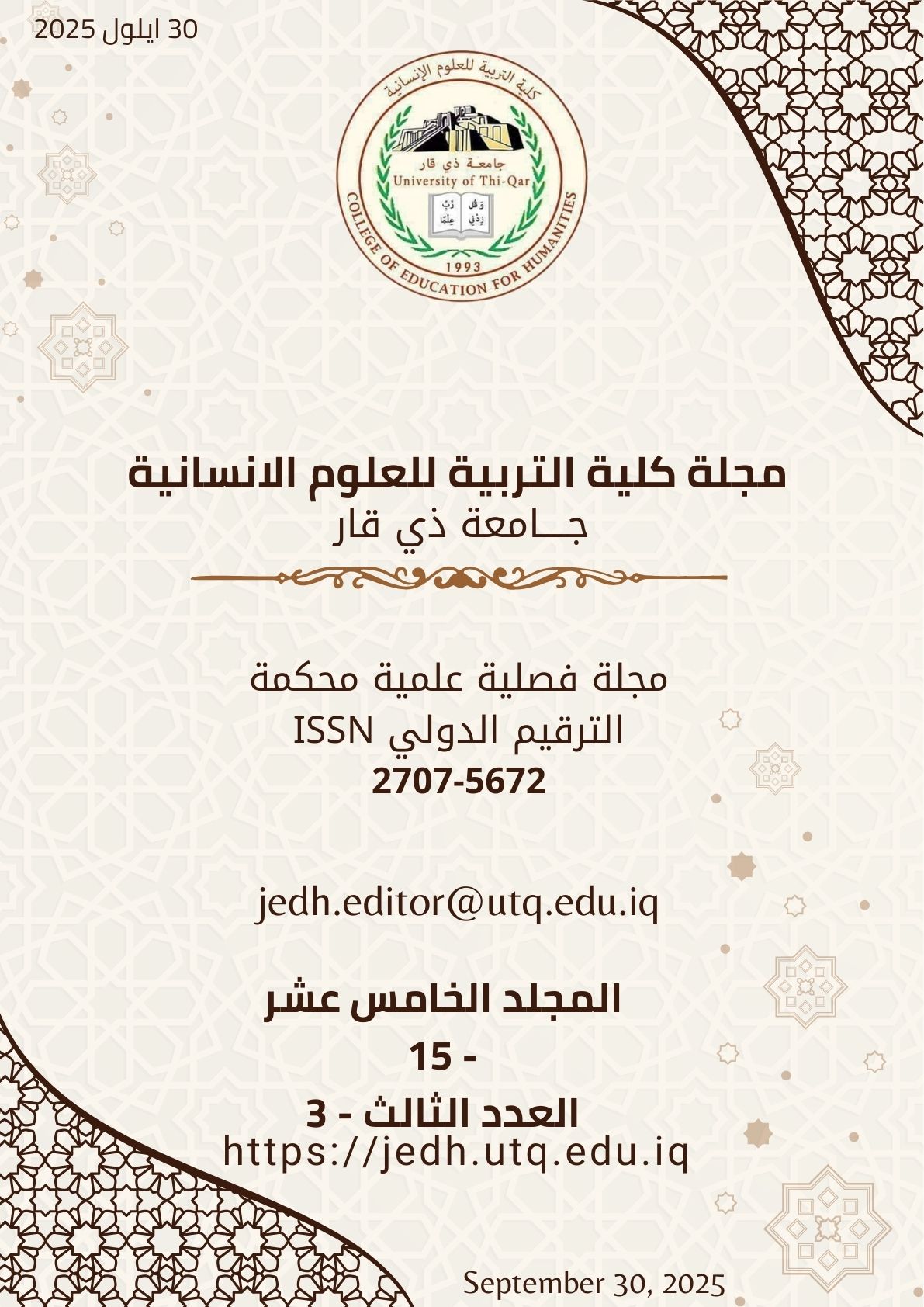The Types and Linguistic Factors of Stuttering and Its Effect on The Flow of Speech Production and Understanding
Abstract
This research looks into stuttering and how it influences people while speaking and understanding speech. To answer the two main research questions of (1) What are the types of disfluencies that a stutterer suffers from? (2) What are the linguistic factors which affect speech production? The approach combines Johnson & Associates’ Diagnosogenic Theory from 1959, Postma & Kolk’s Covert Repair Hypothesis from 1993, Gupta’s Dynamic Temporal and Spatial Theory from 2007 and Wingate’s Processing Theory to show disrupting speech fluency. The research showed that each individual in the study demonstrated developmental stuttering, marked by repetitions, sound lengthening ("sssssky"), blocks and mid-word edits which usually first develop in early childhood and carry on if therapy is not offered. Having to deal with difficult expressions and fast consonant sequences added to the problem, since this matches Gupta’s (2007) explanation of how challenging speech examples can trip up a speaker. Besides, (more) grammatical and vocabulary issues, along with more self-monitoring interfered with speaking fluency, resulting in a rise in pauses and corrections. It is suggested that best stuttering interventions use both language help and stress management to handle these unnecessary difficulties.




